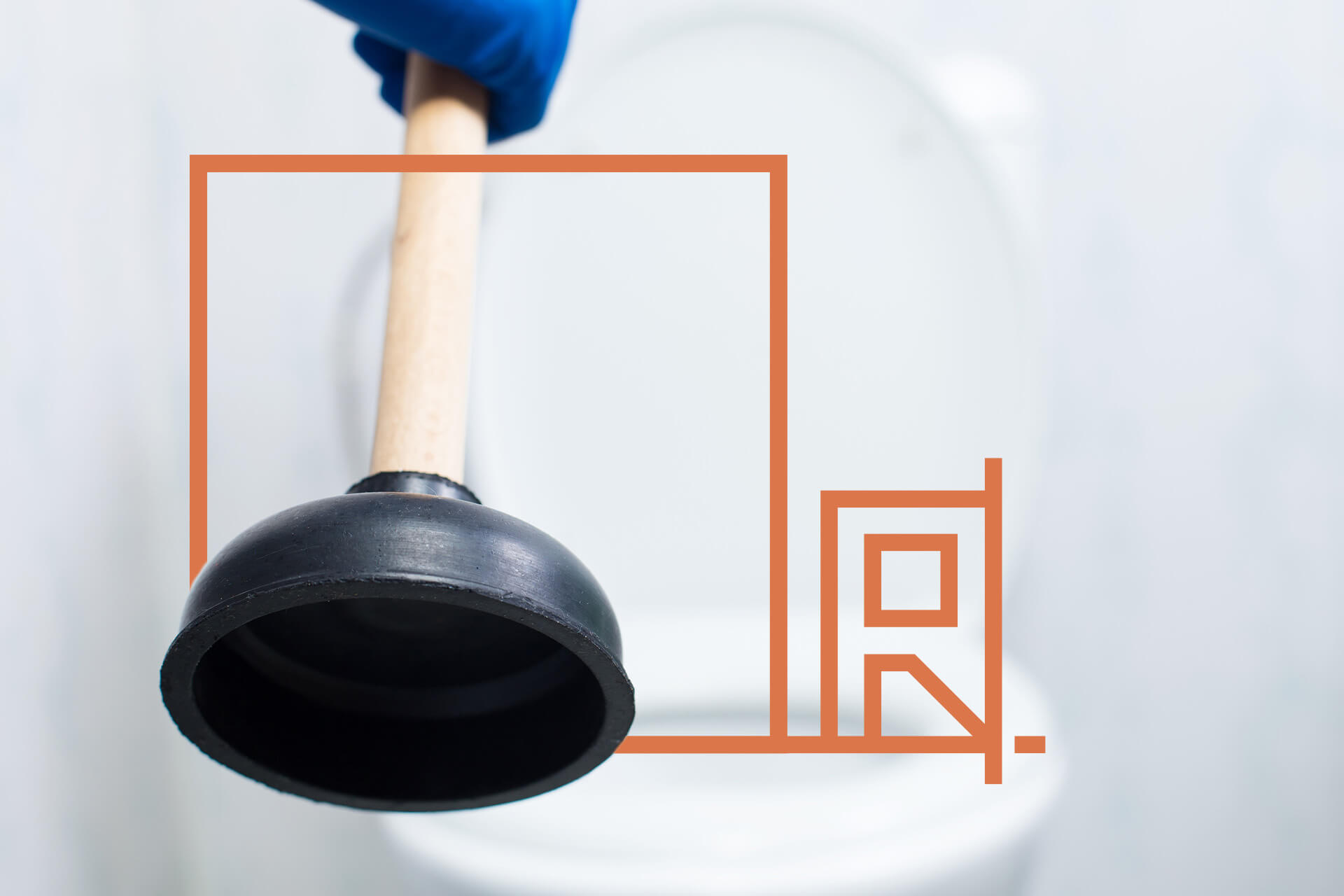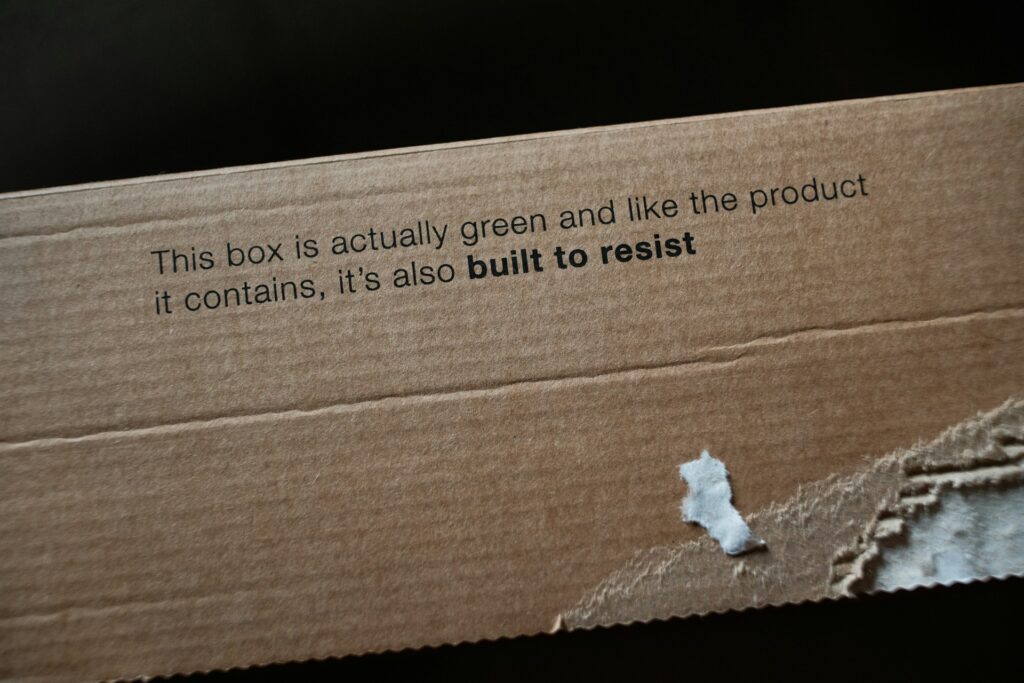
We are reader-supported. When you buy through links on our site, we may earn an affiliate commission.
A clogged toilet can end up being a pain. It’s incredibly inconvenient if you have multiple family members sharing one bathroom. Then when you fix the problem, it can sometimes be a messier job. So, here are the steps for how to effectively plunge a toilet.
1. Test the Drainage
Before you go to plunge the toilet, remove the tank lid. Then lift the flapper valve to let some water into the bowl. Check to see if the water level goes down. Have towels on hand just in case there is any flooding. If you realize the water is still not draining, then you will need to use a plunger. Another way to test if your drain is backed up is by running the sink. If you hear the toilet water gurgle or the water level rises, the system is clogged.
2. Find the Right Plunger
Once you’re ready to know how to plunge the toilet, make sure to grab the right tool. There are multiple types of plungers. Look for the one with an extended flange to ensure a tight seal. The plunger can also unclog sink and tub drains if you fold the flange back into the bell-shaped end. You also want to make sure you find one with an effective plunger cup. The shape helps determine if it will form a good seal on your drain. Flanged and tiered cups can be more efficient to use.
3. Minimize the Mess
Unclogging a toilet can often be a messy process, with water splashing around. To be prepared ahead of time, place old towels at the base of your toilet. Also, if the toilet is full of water, using a bucket, bail out about half the liquid. You may also want to wear gloves to protect your hands from any germs. Consider purchasing rubber cleaning gloves or heavy-duty latex ones for the best protection.
4. Improve Your Plunger Suction
Even if you’re skilled in how to plunge a toilet, you still want to ensure a tight seal for the best results. One easy way to do this is by spreading petroleum jelly on the rim of the flange. This may even help prevent the rubber from cracking. Also, keep in mind that you want to plug any other drains in your bathroom before starting.
5. Insert the Plunger
When you insert the plunger, ensure it went into the drain hole. The rubber flip should then sit around the drain opening. You want to hold the plunger vertically with the handle facing upward. This position will help keep the seal in place, even if it’s a little uncomfortable at first. If your plunger is stiff, try pouring hot water on it first to help soften the rubber.
6. Move the Plunger up and Down
Before using any force, start with a gentle push to remove air from the bell. This way, the compressed air doesn’t end up splashing water onto you or the floor. Then pump forcefully for a few seconds or until the clog is cleared. During this time, try to be patient and alternate between different types of strokes. Another helpful tip is to try to keep enough water in the bowl so the plunger remains covered.
If plunging doesn’t work on its own, you may need alternate tools, such as a toilet snake. This is a long wire coil with a tip you feed into your pipes. To use the device, you will need to place the end of the drill into your toilet bowl facing it down the drain. It’s also a good idea to clean the toilet after unclogging it.
7. Pull Up the Toilet as a Last Resort
If all else fails, you may need to disassemble your toilet to get to the route of the problem. To do this, you will need to turn off and unhook the water supply. You will then need to slightly take apart the toilet by unscrewing it from the mounting ring. Consider purchasing a new wax ring or mounting bolt to reseal the toilet base.
If you need to remove the toilet, empty the water from the bowl and sink first. Then cut the caulk around the base of your toilet with a utility knife. If you aren’t too handy, calling a plumber is also a suitable option. Keep in mind you may need to call one anyway if other drains are plugged, or water is coming up through them.
How to a Clogged Toilet Without a Plunger
If you don’t have a plunger lying around your house, here are some alternative methods for how to plunge a toilet.
1. Use Dish Soap
Using dish soap loosen clogged pipes. This allows whatever is stuck to slide down more easily. If you don’t have any dish soap available, try cutting a bar of soap into small pieces and dropping them into the toilet.
To add the dish soap to your toilet, fill a pot with a gallon of water and put it on the stove. While the water is heating, pour a half cup of dish soap into the toilet bowl. Once the water is ready, pour it into the toilet bowl and wait a few minutes. Keep in mind you don’t want the water to be boiling since this could crack the toilet bowl.
2. Find a Wire Hanger
This can be used as a DIY drain snake. If the blockage is severe you may need to manually move the debris. First, find a wire coat hanger and unravel it until it’s straightened out. You can also try folding the hook tighter to create a slimmer shape. Push the wire’s end into the clogged area poking at the debris until it comes free.
3. Try All-Natural Solutions
Try using a mix of baking soda and vinegar to get rid of unwanted clogs. Let the solution fix for a little first after pouring it in. This is a cost-effective solution using ingredients you probably already have at home. You can also try a mix of dishwashing soap, liquid dish detergent, and Epsom salt as a home remedy for minor clogs.
4. Use a Plastic Water Bottle
For this method remove as much water from your toilet bowl as possible. Then fill a plastic bottle with warm water. Put your thumb over the top of the container and fit the top end of the bottle into the outlet at the bottom. Consider wearing gloves for this step.
Then release your thumb and squeeze the bottle. Water should blast down the pipe creating enough pressure to dislodge clogged items.
Things to Remember When Unclogging a Toilet
1. Try Not to Use Chemicals
Some people may suggest powerful chemicals when explaining how to plunge a toilet. However, they often work slower. Also, keep in mind if it doesn’t work your drain is now full of potentially unsafe substances. Using chlorine tablets can even cause corrosion to your toilet parts, like gaskets and washers.
Also, when plunging the up and down motion could splash some of these chemicals back onto you. You should wear rubber gloves when plunging.
2. Lower the Toilet Cover
Keeping your toilet cover down can prevent clogs from happening in the first place. This is an especially useful tip for parents with smaller children. Kids may find it funny to throw things like toys into the toilet. However, these can clog the drain and prevent proper flushing.
3. Don’t Place Hardening Compounds in Your Toilet
When you’re pouring liquids down the drain make sure that will stay that way. If the compound hardens it can lead to a blockage. So, avoid pouring drywall joint compound or caulk down the toilet.
Here are some other items you don’t want to flush down the toilet:
- Baby wipes
- Q-tips
- Diapers
- Dental floss
- Paper towels
How to Successfully Plunge a Toilet
Over time debris can build up and block your toilet drain. This can prevent you from flushing, eventually causing a clog. When this occurs, follow these steps for how to plunge a toilet efficiently.







